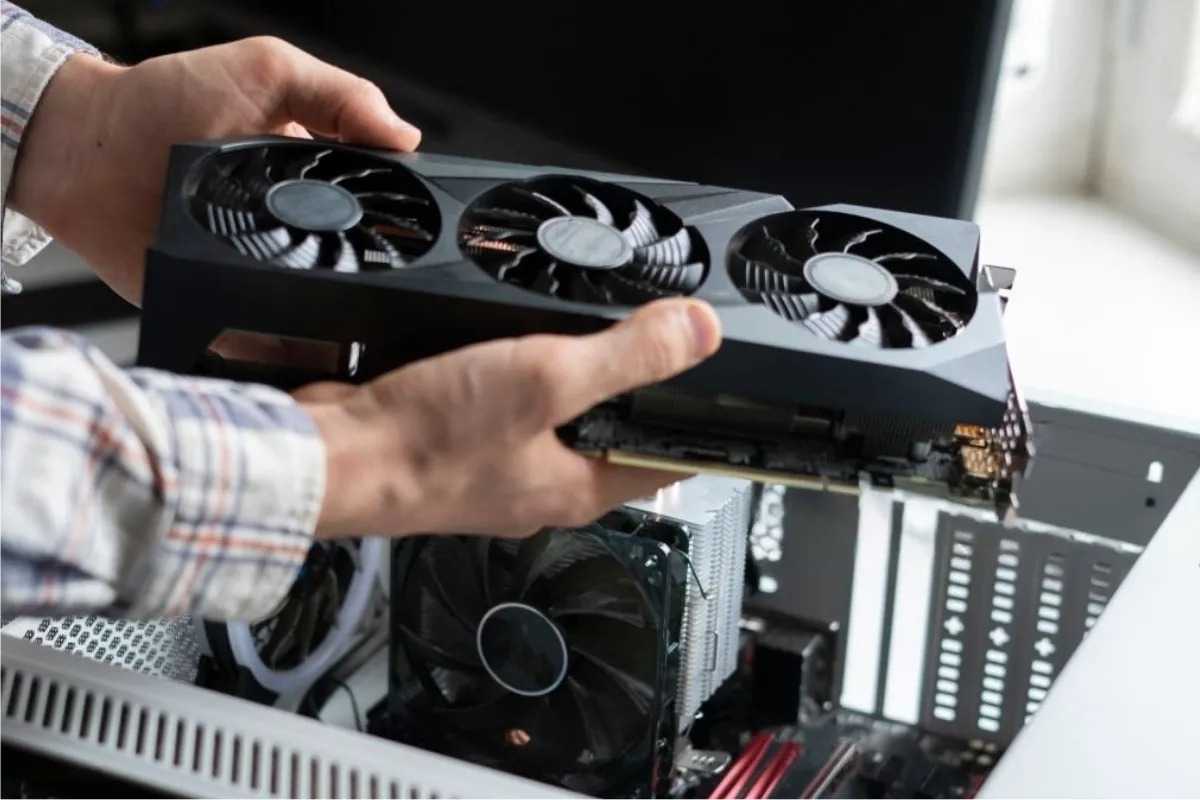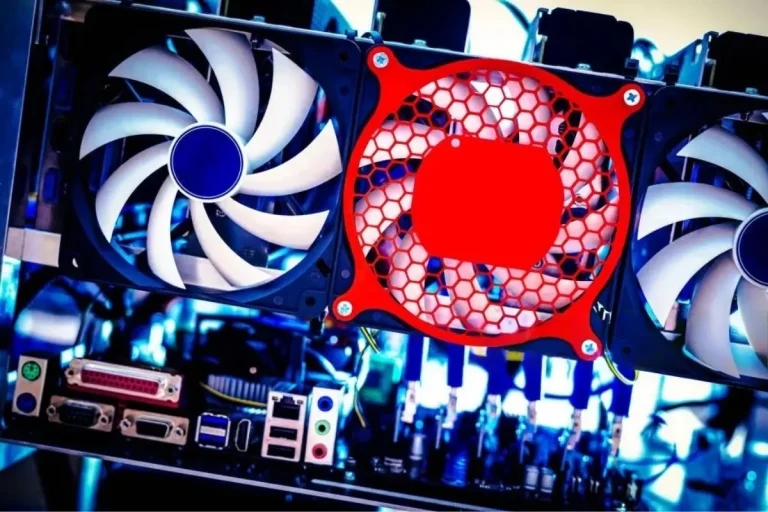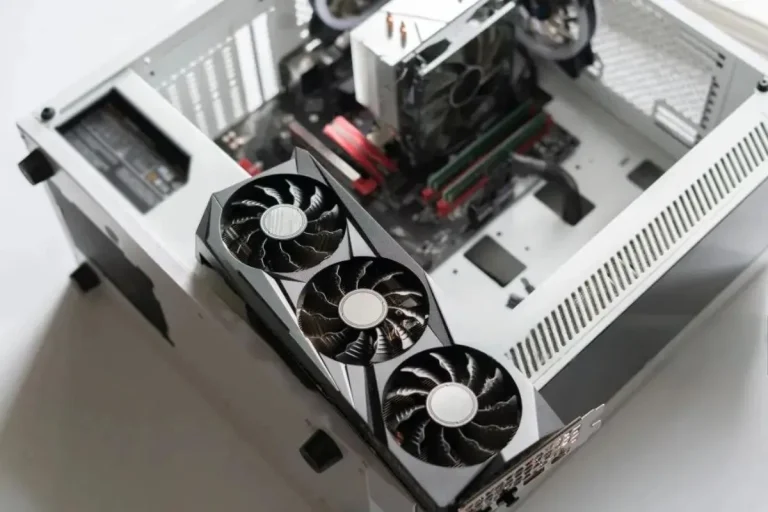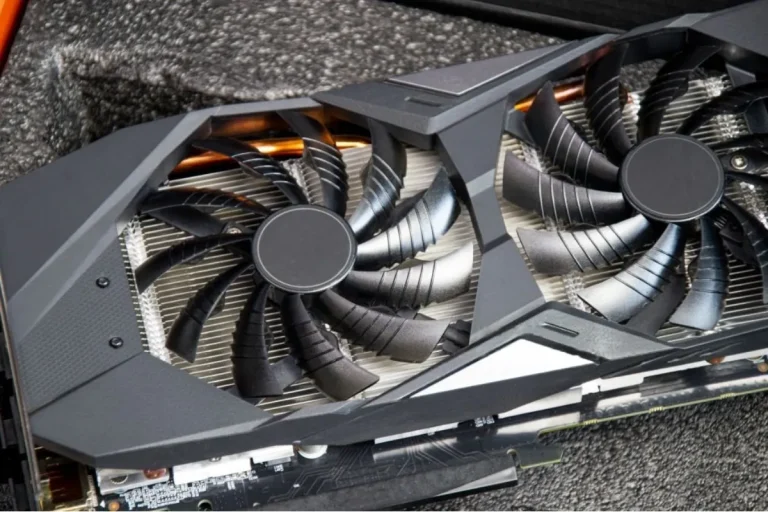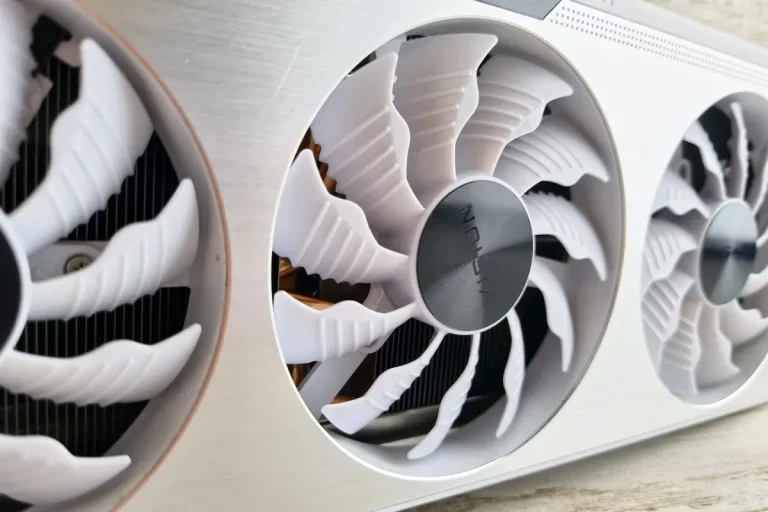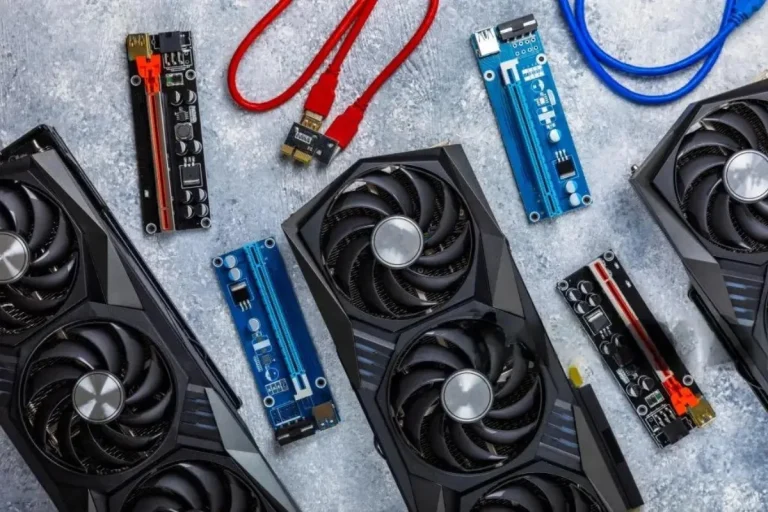How do I update a GPU that doesn’t show in a device manager?
Is your GPU mysteriously missing from the Device Manager? Don’t worry, we’ve got you covered! In this guide, we’ll walk you through the steps to update your GPU driver when it doesn’t appear in Device Manager. Keep reading to fix this frustrating issue and get your graphics card back on track!
Troubleshooting steps to identify the issue
When your GPU is not showing up in Device Manager, it can be quite frustrating. But fear not! We have some troubleshooting steps to help you identify the issue and get your graphics card back on track.
Checking Physical Connections and Hardware Compatibility
The first step is to ensure that all physical connections are secure. Make sure your GPU is properly seated in the PCIe slot and that all power cables are connected. Additionally, check if your system meets the hardware requirements for the GPU. Incompatible hardware can prevent the GPU from being recognized.
Verifying GPU Installation and Configuration
Next, double-check the installation and configuration of your GPU. Ensure that it is correctly installed and firmly connected to the motherboard. Sometimes, a loose connection can cause the GPU to not show up in Device Manager. Also, verify that the GPU is enabled in the system BIOS settings.
Running Diagnostic Tools to Identify Software Conflicts
Software conflicts can also prevent your GPU from appearing in Device Manager. Run diagnostic tools like GPU-Z or HWiNFO to check for any software conflicts or compatibility issues. These tools can provide detailed information about your GPU and help identify any potential conflicts.
Checking for and Resolving Driver-Related Issues
Outdated or faulty drivers can be a common culprit behind a GPU not showing in Device Manager. Make sure to check for any available driver updates from the GPU manufacturer’s website. Download and install the latest drivers, following the provided instructions. If the issue persists, consider uninstalling the current driver and performing a clean installation of the latest driver version.
Updating the GPU driver
Updating the GPU driver is crucial for optimal performance and compatibility. In this section, we will explore different methods to update your GPU driver and troubleshoot any issues that may arise during the process.
Manually Downloading and Installing the Latest Driver from the Manufacturer’s Website
To ensure you have the most up-to-date driver for your GPU, it’s recommended to visit the manufacturer’s website. Look for the support or drivers section and locate the driver specific to your GPU model and operating system. Download the driver and follow the installation instructions provided by the manufacturer. This method allows you to have full control over the driver update process.
Using Third-Party Driver Update Software
Alternatively, you can use third-party driver update software to simplify the process. These software solutions scan your system, identify outdated drivers, and offer to update them automatically. While convenient, keep in mind that using third-party software comes with some risks. Ensure you choose reputable and trustworthy software to avoid potential issues.
Troubleshooting Steps if the Driver Update Fails or Encounters Errors
Sometimes, the driver update process may encounter errors or fail to install properly. If this happens, try the following troubleshooting steps:
- Restart your computer and try updating the driver again.
- Uninstall the current driver completely and then attempt to install the new driver.
- Disable any antivirus or firewall temporarily, as they might interfere with the installation process.
- Ensure you have administrative privileges to install drivers on your system..
Verifying the GPU in Device Manager
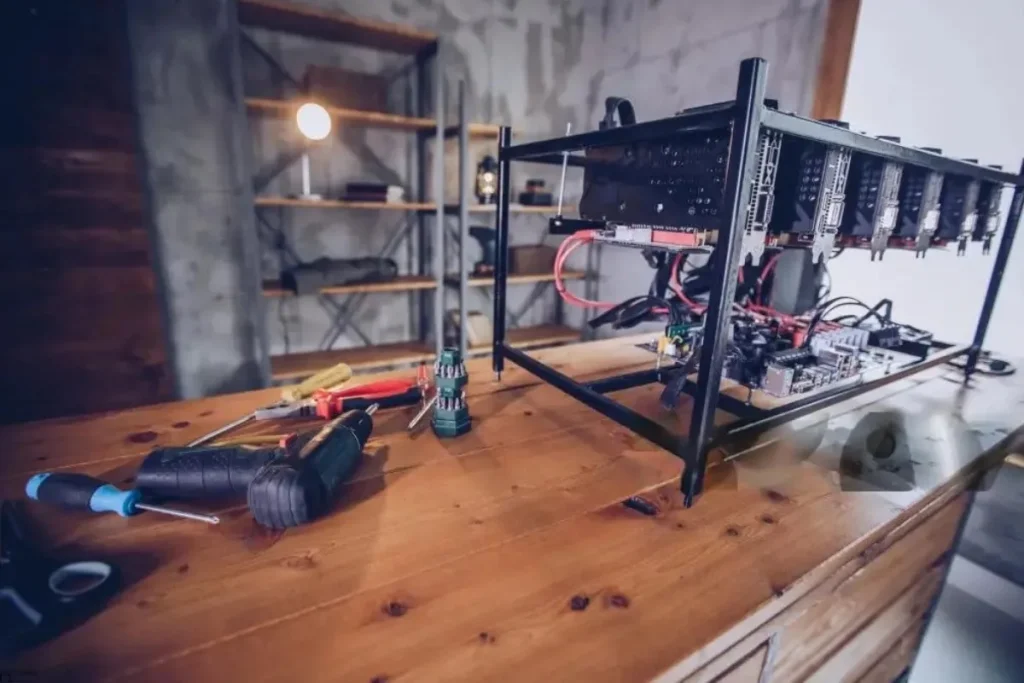
After updating the GPU driver, it’s important to check if the graphics card is visible in Device Manager. This step ensures that the driver update is successful and the system properly recognizes the GPU. Let’s explore the steps to verify the GPU in Device Manager and troubleshoot any remaining issues.
Steps to Check if the GPU is Now Visible in Device Manager
- Open Device Manager by right-clicking on the Start menu and selecting “Device Manager” from the list.
- In the Device Manager window, locate the “Display adapters” category and expand it.
- Look for your GPU model listed under the “Display adapters” category. It should now be visible if the driver update was successful.
Troubleshooting Steps if the GPU Still Doesn’t Appear
If your GPU still doesn’t appear in Device Manager after updating the driver, try the following troubleshooting steps:
- Restart your computer and check Device Manager again. Sometimes, a simple restart can resolve recognition issues.
- Ensure that the GPU is properly connected to the motherboard and all power cables are securely attached.
- Try reseating the GPU by removing it from the PCIe slot and then reinserting it firmly.
- If you have multiple GPUs installed, make sure they are not conflicting with each other. Try removing any additional GPUs and check if the desired GPU appears.
- Double-check your BIOS settings to ensure that the GPU is enabled and not disabled.
Frequently Asked Questions
1: Why can’t I see my GPU in Device Manager?
There could be several reasons for this, such as a faulty connection, incompatible drivers, or a disabled GPU in the BIOS settings. Troubleshooting steps may be required to identify and resolve the issue.
2: Can I update the GPU driver if it doesn’t appear in Device Manager?
Yes, it is possible. In such cases, you can try manually downloading and installing the latest driver from the manufacturer’s website. This bypasses the need for Device Manager to recognize the GPU.
3: How do I manually update the GPU driver without Device Manager?
To manually update the GPU driver without relying on Device Manager, visit the manufacturer’s website and locate the driver specific to your GPU model and operating system. Download the driver and follow the installation instructions provided.
4: What should I do if the GPU still doesn’t appear after updating the driver manually?
If the GPU is still not visible in Device Manager after a manual driver update, you can try troubleshooting steps such as restarting the computer, checking hardware connections, or verifying BIOS settings. Seeking assistance from the manufacturer’s support team may also be helpful.
5: Can third-party driver update software help if my GPU doesn’t show in Device Manager?
While third-party driver update software can be useful in certain situations, it may not be effective if your GPU is not appearing in Device Manager. It’s recommended to focus on troubleshooting steps specific to your system and seek assistance from the GPU manufacturer’s support team if needed.
Conclusion
Updating a GPU that doesn’t show in Device Manager can be a challenging task, but it’s not impossible. By following the troubleshooting steps and seeking assistance from the manufacturer’s support team, you can overcome this issue and ensure that your GPU is up-to-date for optimal performance and compatibility.
